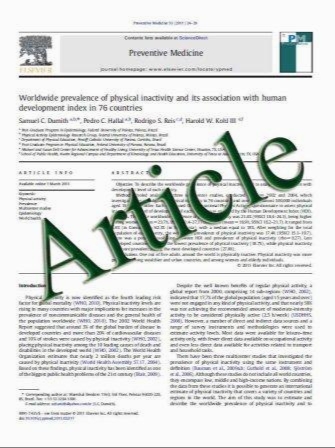Why Does NAFLD Predict Type 2 Diabetes?
- نوع فایل : کتاب
- زبان : انگلیسی
- مؤلف : Guido Lattuada & Francesca Ragogna & Gianluca Perseghin
- چاپ و سال / کشور: 2011
Description
Based on the “lipotoxic” hypothesis, the free fatty acid flux from the excessive amount of adipose tissue toward the peripheral tissues would induce the development of insulin resistance especially when the triglyceride storage or the concentration of intermediate fat metabolites (diacylglycerides, ceramides) within the cytoplasm of these cells become excessive. Nonalcoholic fatty liver disease (NAFLD) includes a wide spectrum of liver damage, ranging from simple steatosis to steatohepatitis and advanced fibrosis. NAFLD is associated with general and intra-abdominal obesity and with a reduced ability of insulin to stimulate metabolic pathways in the liver itself and in other tissues. There are animal models and models in human diseases sustaining the hypothesis that a primary hepatic disease may determine the development of type 2 diabetes (T2DM). Epidemiologic data generated on surrogate markers of NAFLD (transaminases and م-glutamyltransferase), semiquantitative assessment of fatty liver (ultrasound), and surrogate algorithms of NAFLD also support a causative effect of NAFLD on the risk to develop T2DM. In spite of the presence of these indirect associations, a clear-cut link between NAFLD and abnormal â-cell function is yet to be reported. Therefore, more data are warranted to prove what is considered a likely causative relationship between NAFLD and T2DM.
Curr Diab Rep (2011) 11:167–172 DOI 10.1007/s11892-011-0190-2 Published online: 24 March 2011


